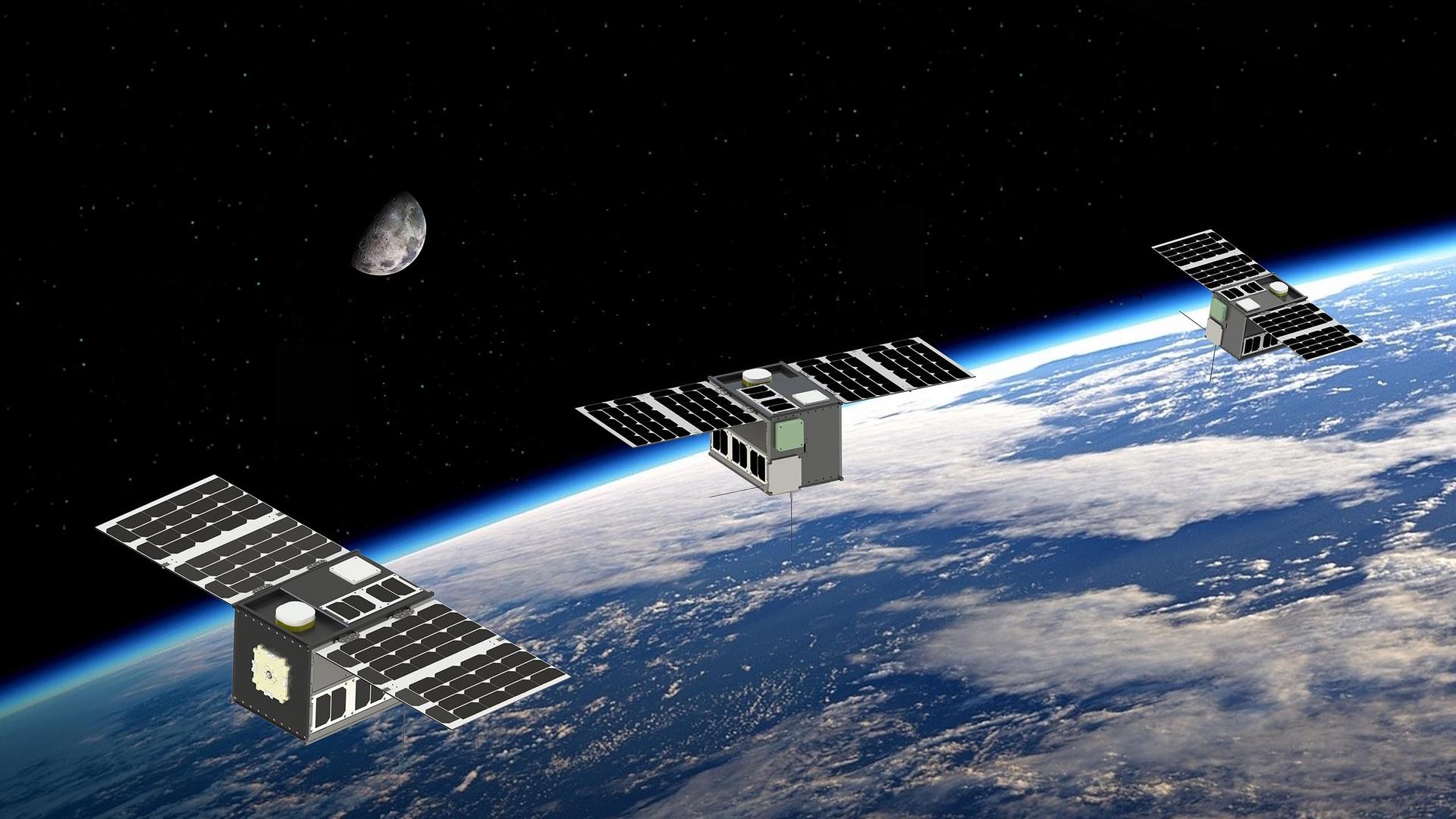Small Satellite Market Emerging Applications in Telecommunication, Navigation, and Earth Observation Services Worldwide

The small satellite market is witnessing unprecedented growth, driven by advancements in technology and an increasing demand for cost-effective solutions across various sectors. These compact, lightweight satellites are revolutionizing industries by providing enhanced capabilities in telecommunication, navigation, and Earth observation services. Their versatility and affordability are making space-based technologies more accessible, enabling a wide range of applications that were previously limited to larger, more expensive satellites.
Telecommunication: Expanding Connectivity Across the Globe
Small satellites are playing a pivotal role in enhancing global communication infrastructure. Their deployment in low Earth orbit (LEO) allows for reduced latency and improved data transmission speeds, making them ideal for providing high-speed internet access to remote and underserved regions. By forming constellations of interconnected satellites, service providers can offer continuous coverage, bridging the digital divide and enabling access to information and services in previously inaccessible areas.
These satellites are also facilitating the growth of the Internet of Things (IoT) by providing reliable connectivity for a multitude of devices, ranging from agricultural sensors to environmental monitoring systems. The ability to transmit data in real-time is empowering industries to make informed decisions, optimize operations, and enhance productivity.
Navigation: Enhancing Precision and Reliability
In the realm of navigation, small satellites are augmenting existing global navigation satellite systems (GNSS) by providing additional signals and improving accuracy. Their deployment in LEO enables more precise positioning, which is crucial for applications such as autonomous vehicles, drone operations, and precision agriculture.
Moreover, small satellites are supporting the development of regional navigation systems, offering tailored solutions that meet specific geographic and operational requirements. This diversification in navigation infrastructure enhances resilience and reduces dependency on a single system, ensuring continuous and reliable service.
Earth Observation: Transforming Data Collection and Analysis
Earth observation is one of the most significant applications of small satellites, providing high-resolution imagery and data for a variety of purposes. These satellites are enabling real-time monitoring of environmental changes, such as deforestation, urbanization, and natural disasters, allowing for timely response and mitigation efforts.
In agriculture, small satellites are being used to monitor crop health, soil moisture, and weather patterns, facilitating precision farming practices that optimize resource use and increase yields. Similarly, in disaster management, they provide critical information for assessing damage, coordinating relief efforts, and planning recovery strategies.
The affordability and scalability of small satellites are democratizing access to Earth observation data, empowering governments, organizations, and individuals to leverage this information for sustainable development and informed decision-making.
Industry Applications and Market Growth
The versatility of small satellites is driving their adoption across various industries. In the defense sector, they are being utilized for reconnaissance, surveillance, and secure communication, enhancing national security capabilities. In the energy sector, small satellites are monitoring infrastructure such as pipelines and power lines, ensuring operational efficiency and safety.
The commercial sector is also embracing small satellites for applications ranging from logistics and supply chain management to media and entertainment. Their ability to provide real-time data and connectivity is enabling businesses to streamline operations, reduce costs, and improve customer experiences.
The global small satellite market is projected to continue its rapid growth, with increasing investments and advancements in technology driving this expansion. As more countries and companies enter the space industry, the opportunities for innovation and collaboration are expanding, fostering a dynamic and competitive market landscape.
Challenges and Considerations
Despite their numerous advantages, small satellites face certain challenges that need to be addressed to ensure sustainable growth. One of the primary concerns is space debris, as the proliferation of satellites increases the risk of collisions and the creation of additional debris. Implementing effective space traffic management and debris mitigation strategies is essential to maintaining the long-term viability of satellite operations.
Another challenge is the regulatory environment, as the increasing number of satellite launches necessitates coordinated policies and frameworks to manage orbital slots, frequencies, and licensing. International cooperation and standardization are crucial to ensuring the safe and efficient use of space.
Additionally, while small satellites offer cost-effective solutions, their limited payload capacity and lifespan can pose limitations for certain applications. Ongoing research and development efforts are focused on enhancing satellite performance, extending operational life, and improving payload capabilities to meet the evolving needs of users.
Conclusion
Small satellites are transforming the landscape of telecommunication, navigation, and Earth observation services, offering innovative solutions that are driving progress across industries. Their affordability, scalability, and versatility are making space-based technologies more accessible, enabling a wide range of applications that were previously limited to larger, more expensive satellites.
As technology continues to advance and challenges are addressed, the potential of small satellites will expand, unlocking new opportunities for growth and development. The continued evolution of the small satellite market promises to play a pivotal role in shaping the future of global connectivity, precision navigation, and environmental monitoring, contributing to a more informed and interconnected world.
- Art
- Causes
- Crafts
- Dance
- Drinks
- Film
- Fitness
- Food
- Oyunlar
- Gardening
- Health
- Home
- Literature
- Music
- Networking
- Other
- Party
- Religion
- Shopping
- Sports
- Theater
- Wellness


